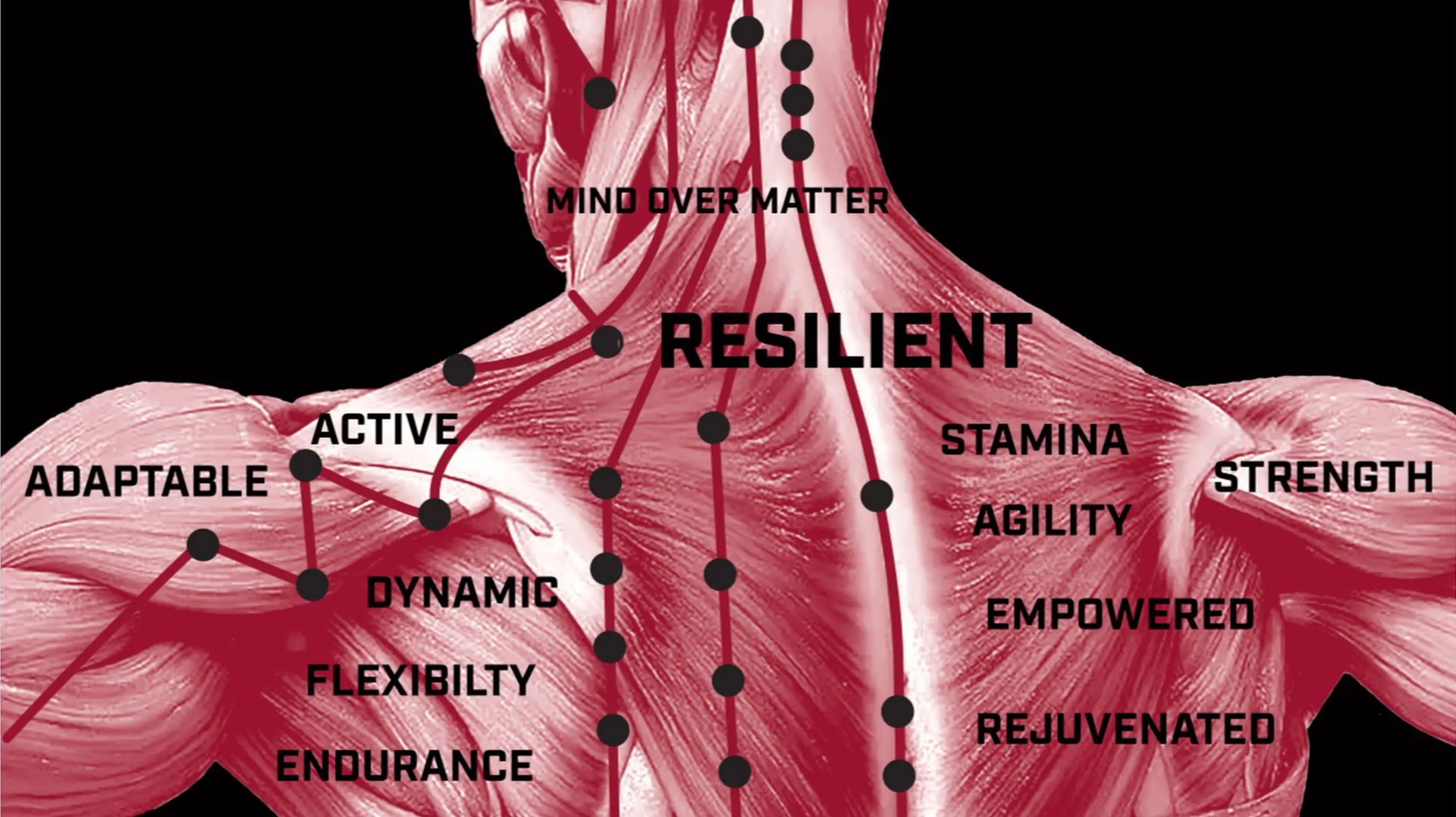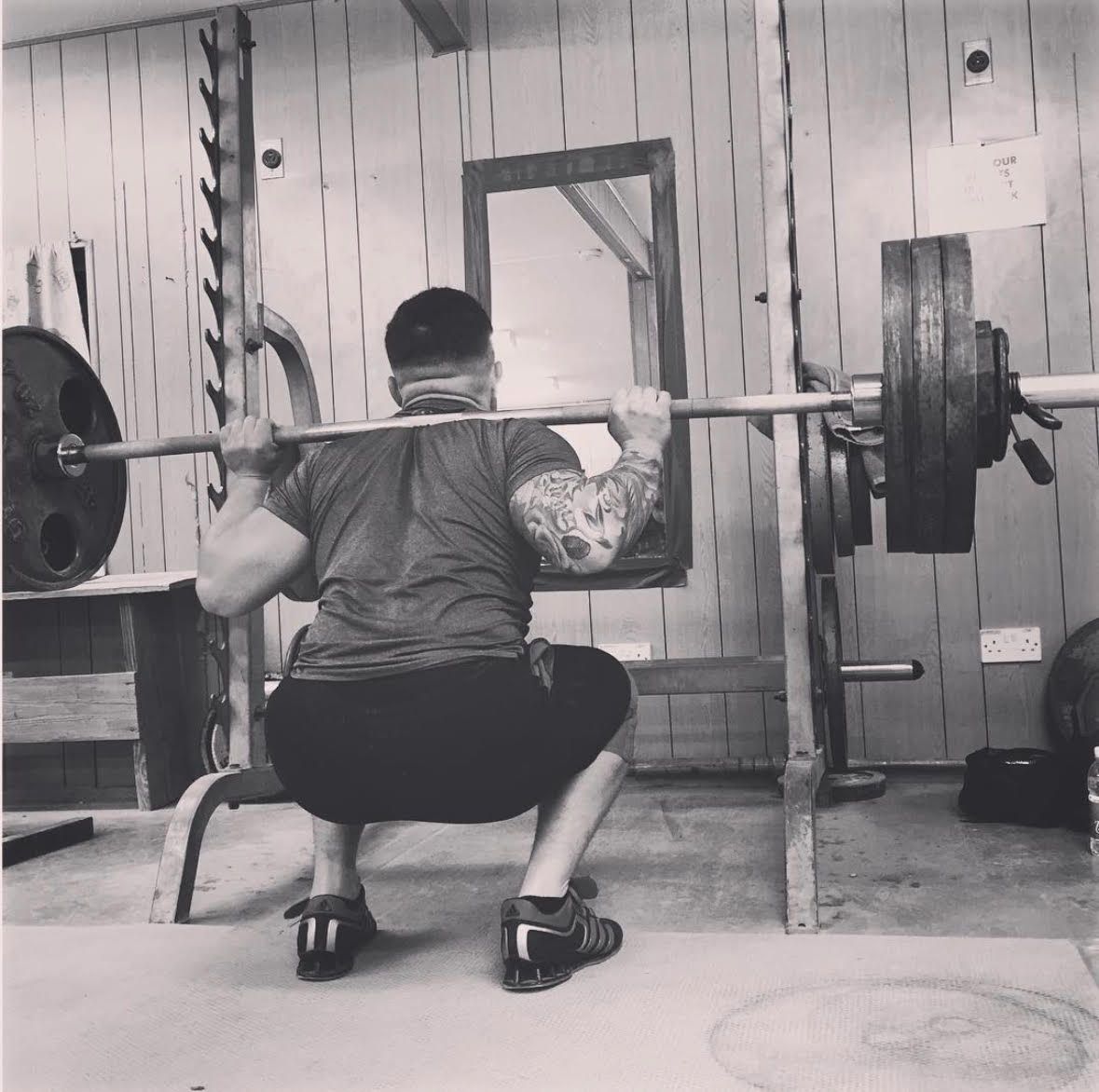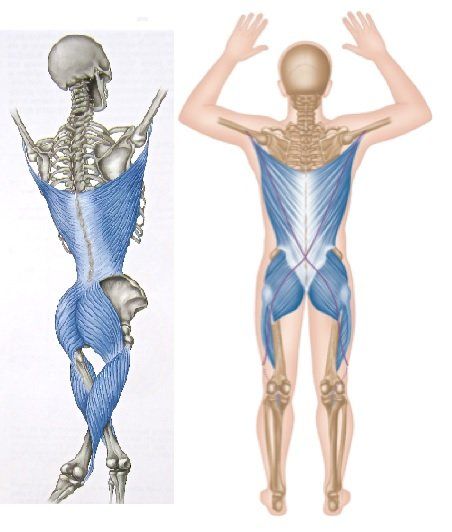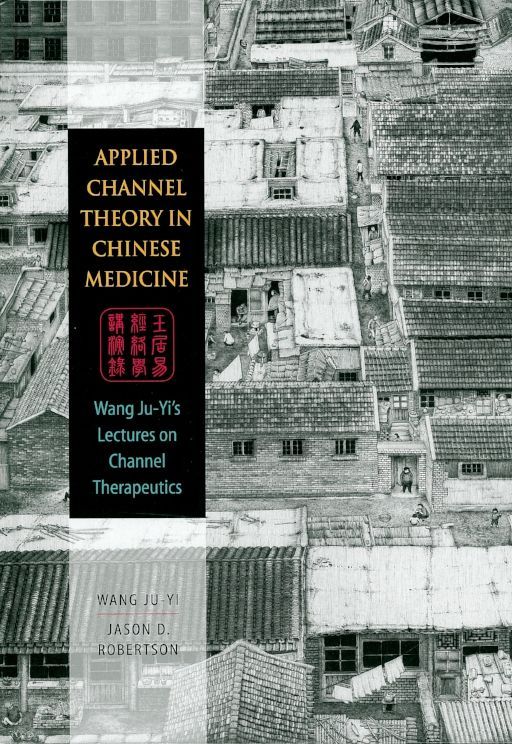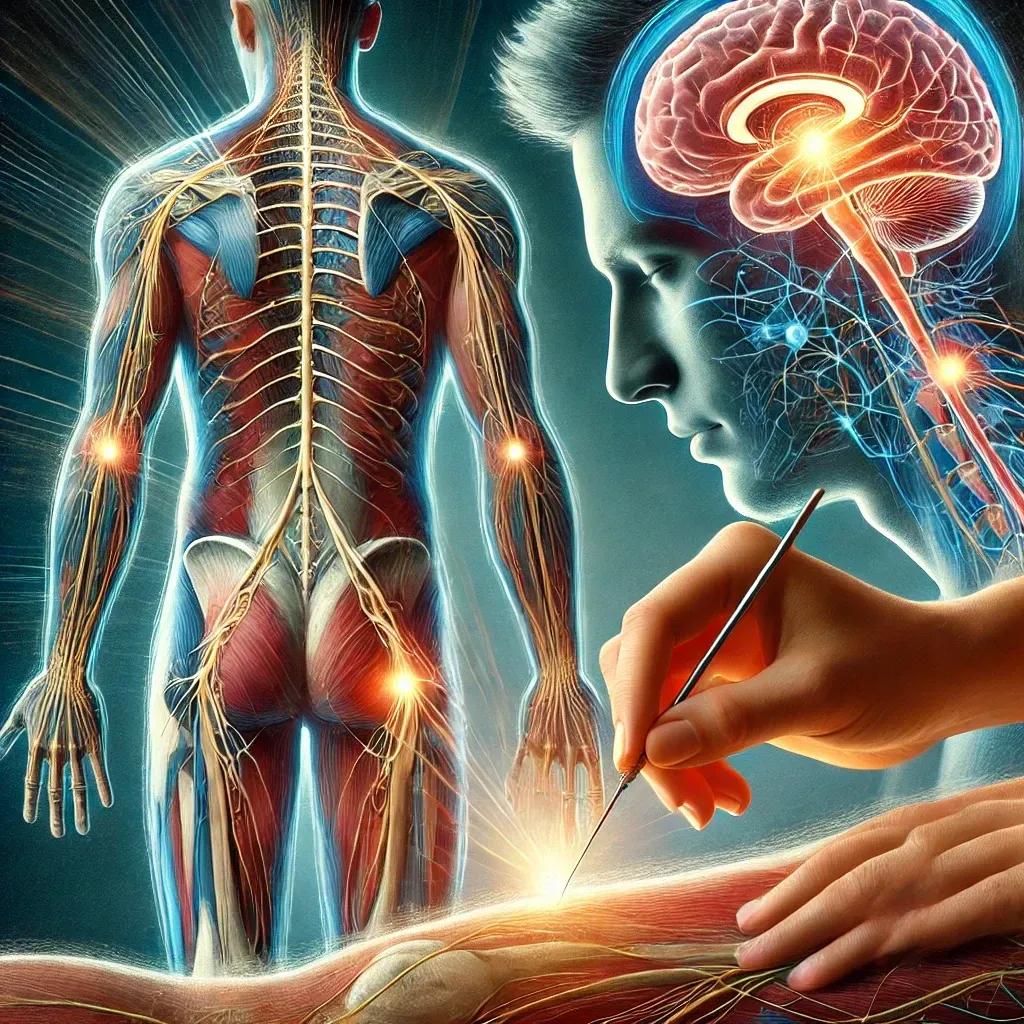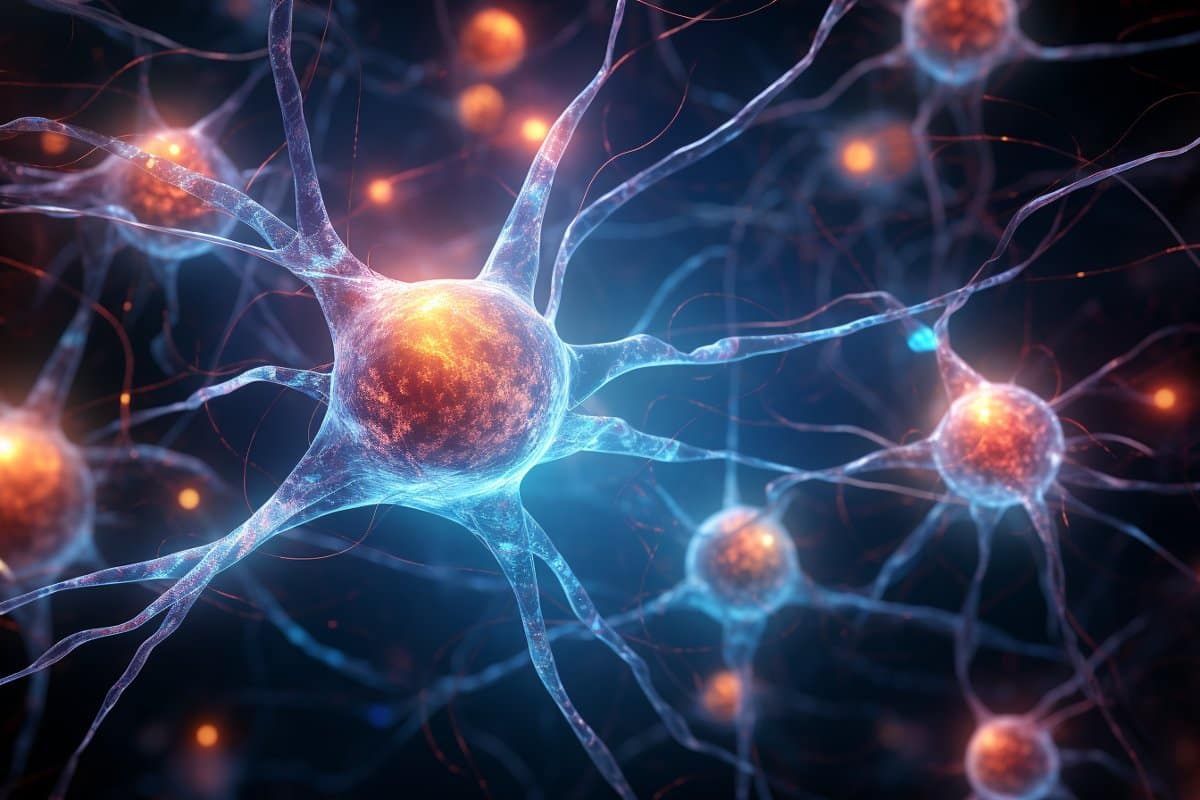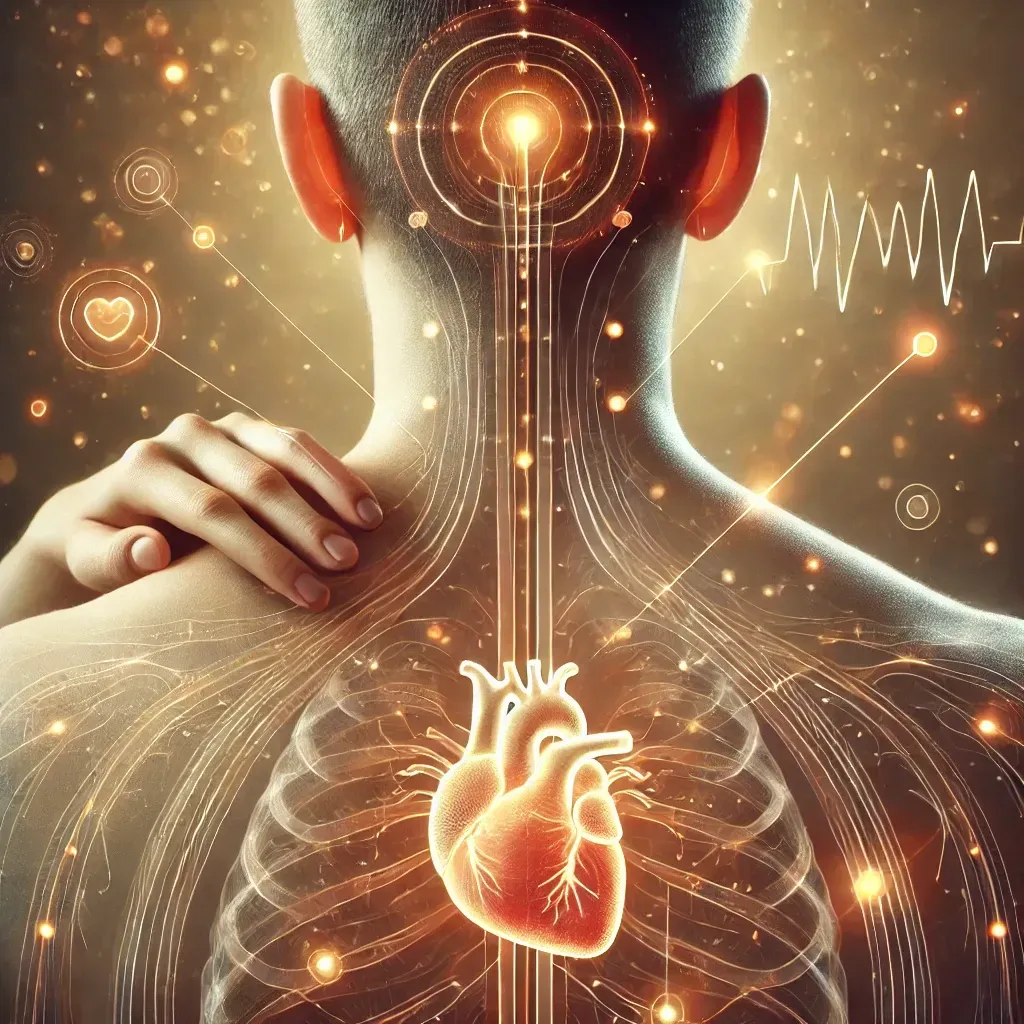Neuromodulation and Acupuncture: A Synergistic Approach to Pain Management
Chronic pain is a prevalent and challenging condition affecting millions worldwide. Traditional pharmacological treatments often come with significant side effects and limited efficacy for many patients. As a result, there has been growing interest in alternative and complementary therapies. Among these, neuromodulation and acupuncture have emerged as promising approaches for managing chronic pain. This article explores the evidence-based synergy between neuromodulation and acupuncture in pain management, enriched with insights from Rich Hazel’s podcast "Neuromodulation and Acupuncture" from the Acupuncture Outsider.

Understanding Neuromodulation
Neuromodulation refers to the alteration of nerve activity through targeted delivery of electrical or pharmaceutical agents to specific neurological sites. Techniques such as spinal cord stimulation (SCS), transcutaneous electrical nerve stimulation (TENS), and deep brain stimulation (DBS) are commonly used. These methods modulate pain pathways and have been effective in treating various pain conditions, including neuropathic pain, failed back surgery syndrome, and complex regional pain syndrome.
Evidence Supporting Neuromodulation
Numerous studies have demonstrated the efficacy of neuromodulation in pain management. For instance, a systematic review and meta-analysis by Deer et al. (2014) found that SCS significantly reduced pain scores in patients with chronic pain conditions. Similarly, TENS has been shown to provide pain relief in conditions like osteoarthritis and fibromyalgia (Sluka & Walsh, 2003). These findings underscore the potential of neuromodulation as a powerful tool in pain management.
The Role of Acupuncture in Pain Management
Acupuncture, an ancient Chinese medical practice, involves the insertion of thin needles into specific points on the body to stimulate neural and biochemical responses. It has been used for thousands of years to treat various ailments, including chronic pain. Acupuncture is believed to work by modulating the central and peripheral nervous systems, releasing endogenous opioids, and enhancing blood flow.
Evidence Supporting Acupuncture
The efficacy of acupuncture in pain management is well-documented. A meta-analysis by Vickers et al. (2018) involving nearly 18,000 patients found that acupuncture significantly reduced pain compared to sham acupuncture and no acupuncture control groups. Conditions such as chronic back pain, osteoarthritis, and migraines have shown positive responses to acupuncture treatment, highlighting its versatility and effectiveness.
Insights from Rich Hazel’s Podcast
Rich Hazel, DAc, in his podcast "Neuromodulation and Acupuncture" from the Acupuncture Outsider, delves into the mechanisms and benefits of combining these two therapies. Hazel emphasizes the holistic nature of acupuncture, noting its ability to address not only pain but also the underlying imbalances contributing to chronic conditions. He highlights case studies where patients experienced significant pain relief and improved quality of life through the integrated use of neuromodulation and acupuncture.
Hazel also discusses the neurophysiological basis for the synergistic effects observed when combining these therapies. He explains how acupuncture can enhance the effectiveness of neuromodulation by further stimulating neural pathways and promoting endogenous healing processes. According to Hazel, this combined approach can lead to more sustained and comprehensive pain relief.
Synergistic Potential of Neuromodulation and Acupuncture
Combining neuromodulation and acupuncture could offer synergistic benefits in pain management. While neuromodulation directly influences neural pathways involved in pain perception, acupuncture can enhance these effects through additional mechanisms such as endogenous opioid release and improved circulation. The complementary nature of these therapies suggests that their combined use could provide more comprehensive pain relief.
Evidence of Synergy
Emerging research supports the combined use of neuromodulation and acupuncture. A study by Chen et al. (2017) investigated the effects of combining TENS with acupuncture in patients with knee osteoarthritis. The results showed significantly greater pain reduction and improved function compared to either therapy alone. Similarly, combining SCS with acupuncture has been reported to enhance pain relief in patients with chronic neuropathic pain (Duarte et al., 2016).
Clinical Implications
For healthcare providers, integrating neuromodulation and acupuncture into pain management protocols could offer a multimodal approach that maximizes patient outcomes. Personalized treatment plans that consider the unique needs and preferences of each patient can enhance adherence and satisfaction. Additionally, this combination therapy could reduce reliance on pharmacological treatments, minimizing the risk of side effects and addiction.
Conclusion
Neuromodulation and acupuncture represent promising, evidence-based approaches to managing chronic pain. Their complementary mechanisms of action offer potential synergistic benefits, providing more effective and comprehensive pain relief. As research continues to evolve, integrating these therapies into clinical practice could revolutionize pain management and improve the quality of life for patients suffering from chronic pain conditions.
References
- Deer, T. R., et al. (2014). A systematic literature review of spinal cord stimulation for the treatment of chronic pain. Pain Medicine, 15(9), 1392-1404.
- Sluka, K. A., & Walsh, D. (2003). Transcutaneous electrical nerve stimulation: Basic science mechanisms and clinical effectiveness. The Journal of Pain, 4(3), 109-121.
- Vickers, A. J., et al. (2018). Acupuncture for chronic pain: Update of an individual patient data meta-analysis. The Journal of Pain, 19(5), 455-474.
- Chen, N., et al. (2017). Combined effect of transcutaneous electrical nerve stimulation and acupuncture on knee osteoarthritis: A randomized controlled trial. Pain Medicine, 18(9), 1853-1862.
- Duarte, R. V., et al. (2016). The role of acupuncture in the management of chronic pain: A systematic review. Journal of Pain Research, 9, 121-134.
